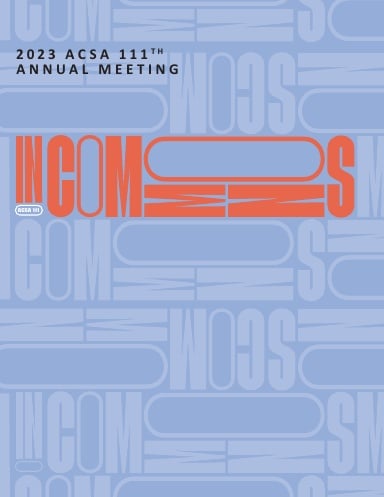Author(s): Hamideh Hossei & Kyoung-hee Kim
Integrating PV panels as a source of clean energy has been a widely established method to achieve net-zero energy (NZE) buildings. The exterior envelope of high-rise buildings can serve as the best place to integrate PV panels for utilizing solar energy. The taller the building, the higher the potential to utilize solar energy by PV panels. However, shadows casting on the BIPV façade systems are unavoidable as they are often subject to partial shades from panels’ self-shading as well as building walls. Partial shading or ununiform solar radiation on the PV surface causes a dramatic decrease in the current output of the circuit. For that reason, in BIPV facades the default circuit connection of manufactured PV panels does not output maximum power under partial shading conditions. This paper investigates the different circuit connections in the BIPV façade system to achieve higher energy yields while addressing design requirements. To this end, PV panel’s power production in different circuit connection reconfiguration scenarios was explored both by simulation and experimentation in two levels of building integrated photovoltaics (BIPV) components: 1) PV cells, and 2) strings of PV cells. The results of simulations demonstrated that the maximum power generation occurred when the circuit connection between cells within a string is series, and the circuit connection between the strings within a PV panel is parallel. Comparing the results of Ladybug (LB) energy simulations with the proposed Grasshopper (GH) analysis recipe showed that the developed GH definition will increase the BIPVs energy simulation by 90%. To validate the simulation results, experimental tests were conducted. The measured power output indicated that the series-parallel circuit connection increased the energy yields of the BIPV facades 71 times in real-world applications compared to the manufactured series-series PV panels.
https://doi.org/10.35483/ACSA.AM.111.7
Volume Editors
ISBN
978-1-944214-41-8

 Study Architecture
Study Architecture  ProPEL
ProPEL 
